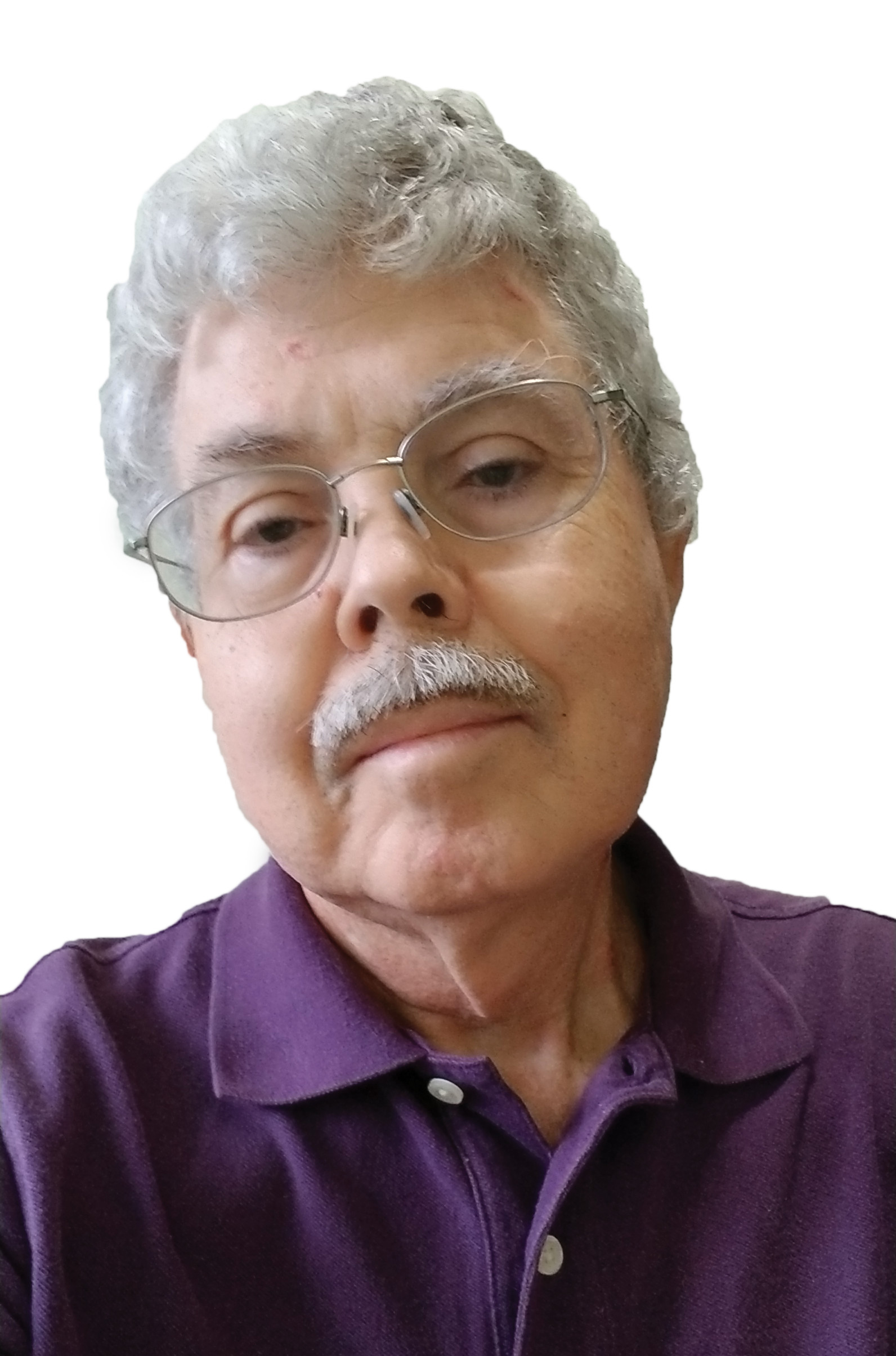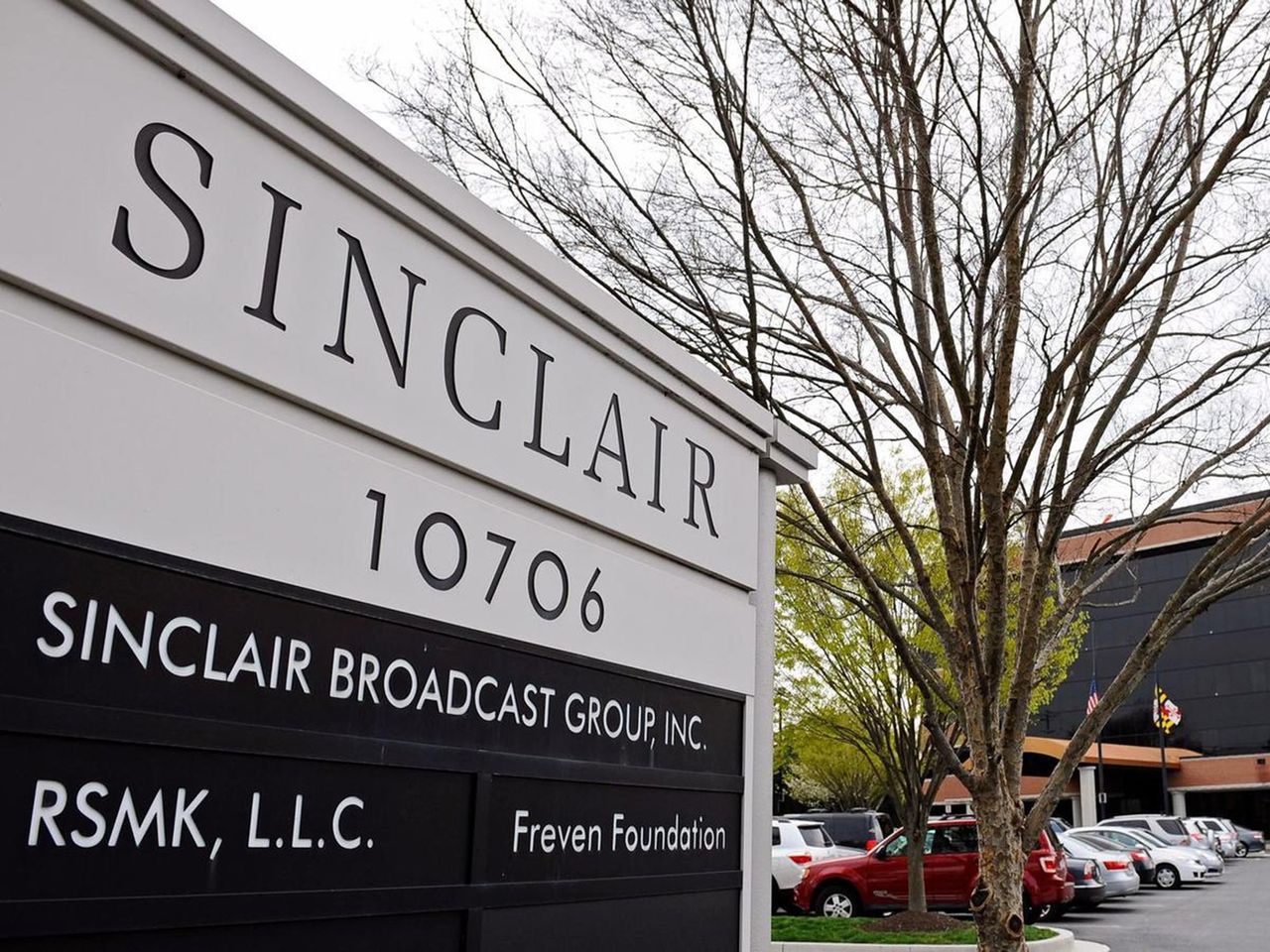Wireless Transmission System Delivers One Watt at 30 Feet
Wireless transmission of power isn't a new idea – Tesla experimented with it over 100 years ago, but most of today's systems (excluding proposed Earth orbiting satellites to harvest energy and send it back on a tightly focused microwave beam) have very limited range. At the TechCrunch Disrupt conference a company called Ossia showed what it claims is a system it calls Cota which is capable of delivering one Watt of power at a 30 foot distance.
The best description of the technology I found was in Richard Chirgwin's article Startup claims 1W wireless charging at 10 metres – Tinfoil hats not needed, magnifying glass to examine fine print will be handy on TheRegister.com. The Register article has a photo of a large array of antennas used to deliver the power. It uses the same frequency as Wi-FI (2.4 GHz ISM band), which raises questions of interference. Chrigwin shows that applying the simple inverse square law a transmission power would indicate that if a device is able to deliver 1 Watt at one meter distance, the power would have to be 100 Watts to deliver the same received power at 10 meters.
Given the multiple antennas (or, as Ossia claimed, multiple transmitters), the system appears to be relying on using the antenna array to form a narrow beam directing the RF field at the device receiving the power. This raises some interesting questions about RF exposure near the device. Given the large size of the array shown in the Register article, it may be possible for the Cota system to avoid a concentrated field near-field beam and thus comply with FCC maximum permissible exposure limits.
This technology will certainly be worth watching, not only for its potential for wireless power delivery but for interference and perhaps even RF front end destruction. I wonder how a sensitive LNA in a Wi-Fi receiver in a smart phone will react to a field this strong?
Commission to Address Globalstar's 2.5 GHz TLPS Wireless Plan
Globalstar announced the FCC has placed Globalstar's requested notice of proposed rulemaking on circulation for consideration by the full Commission.
L. Barbee Ponder, Globalstar’s General Counsel and Vice President Regulatory Affairs, said, “We are very pleased that the FCC is moving forward with Globalstar’s requested rulemaking. With hundreds of millions of Wi-Fi devices now being sold annually, only Globalstar’s proposed Terrestrial Low Power Service (TLPS) can provide an immediate solution to help alleviate existing Wi-Fi congestion. We look forward to expeditious action and new Commission rules permitting Globalstar to offer truly innovative terrestrial mobile broadband services including TLPS over its licensed spectrum.”
I described the impact Globalstar's proposal could have on broadcast ENG operations and other wireless users of the spectrum in my article Globalstar Wi-Fi Spectrum Plan Draws Fire. Two weeks ago I wrote that Amazon Tests 2 GHz Globalstar Network.
These tests were in Cupertino, Calif. and since writing the article I have heard that at least one TV station in the area is experiencing interference from Globalstar's test and has notified the local SBE coordinator of the interference.
Comments and RF related news items are welcome. Email me at dlung@transmitter.com.
The professional video industry's #1 source for news, trends and product and tech information. Sign up below.

Doug Lung is one of America's foremost authorities on broadcast RF technology. As vice president of Broadcast Technology for NBCUniversal Local, H. Douglas Lung leads NBC and Telemundo-owned stations’ RF and transmission affairs, including microwave, radars, satellite uplinks, and FCC technical filings. Beginning his career in 1976 at KSCI in Los Angeles, Lung has nearly 50 years of experience in broadcast television engineering. Beginning in 1985, he led the engineering department for what was to become the Telemundo network and station group, assisting in the design, construction and installation of the company’s broadcast and cable facilities. Other projects include work on the launch of Hawaii’s first UHF TV station, the rollout and testing of the ATSC mobile-handheld standard, and software development related to the incentive auction TV spectrum repack. A longtime columnist for TV Technology, Doug is also a regular contributor to IEEE Broadcast Technology. He is the recipient of the 2023 NAB Television Engineering Award. He also received a Tech Leadership Award from TV Tech publisher Future plc in 2021 and is a member of the IEEE Broadcast Technology Society and the Society of Broadcast Engineers.
